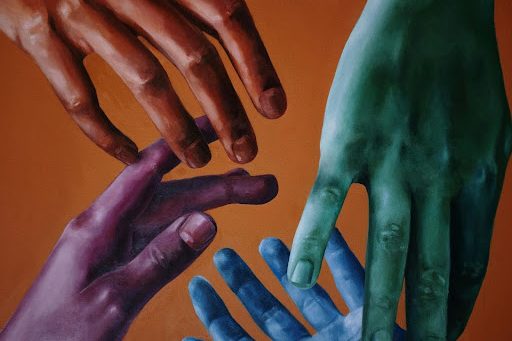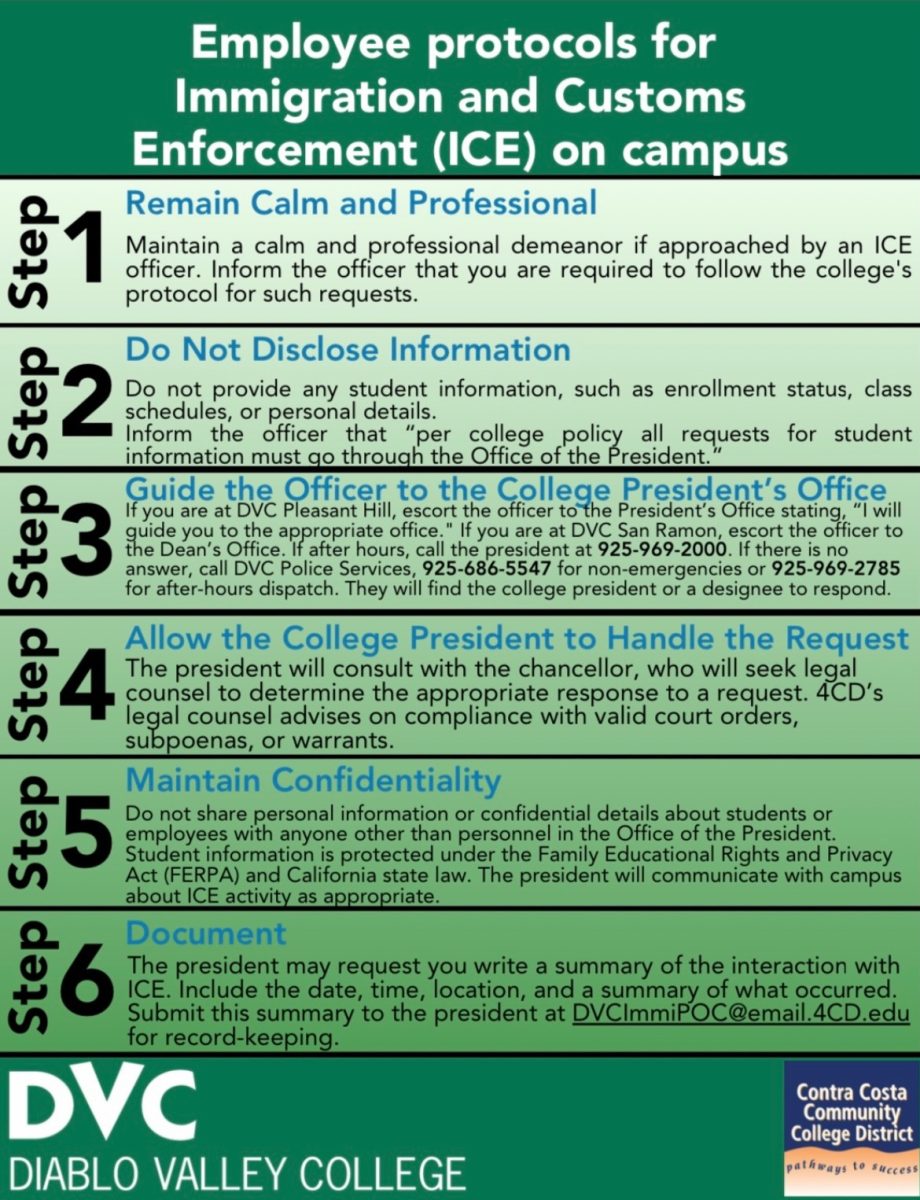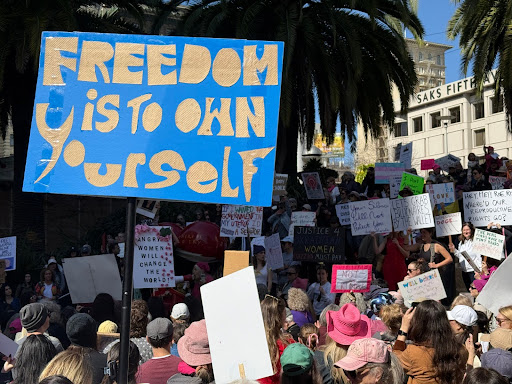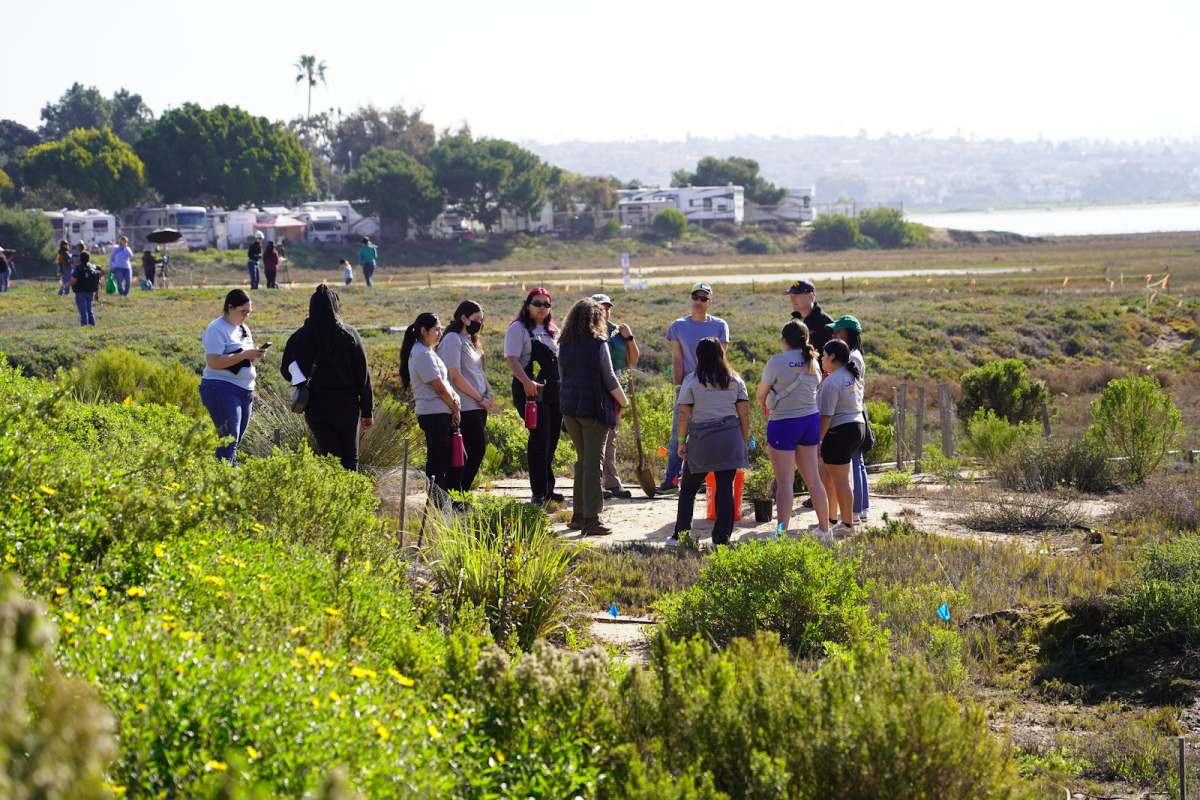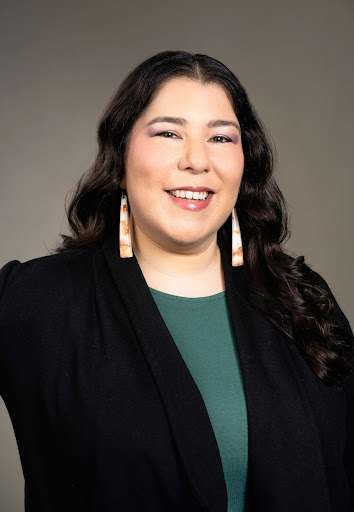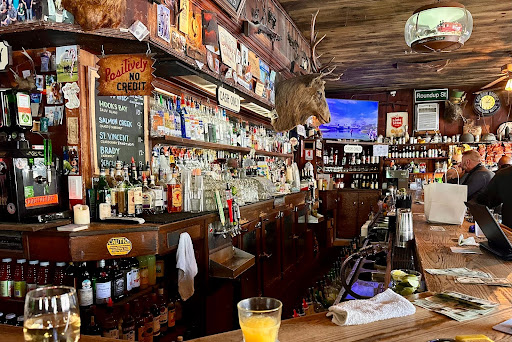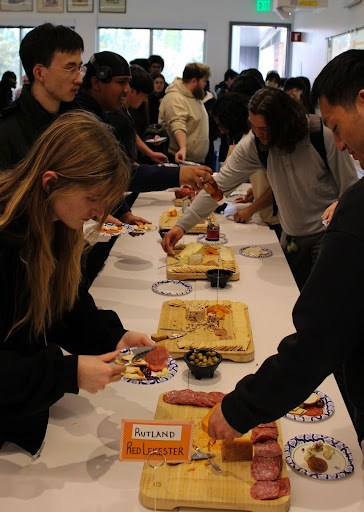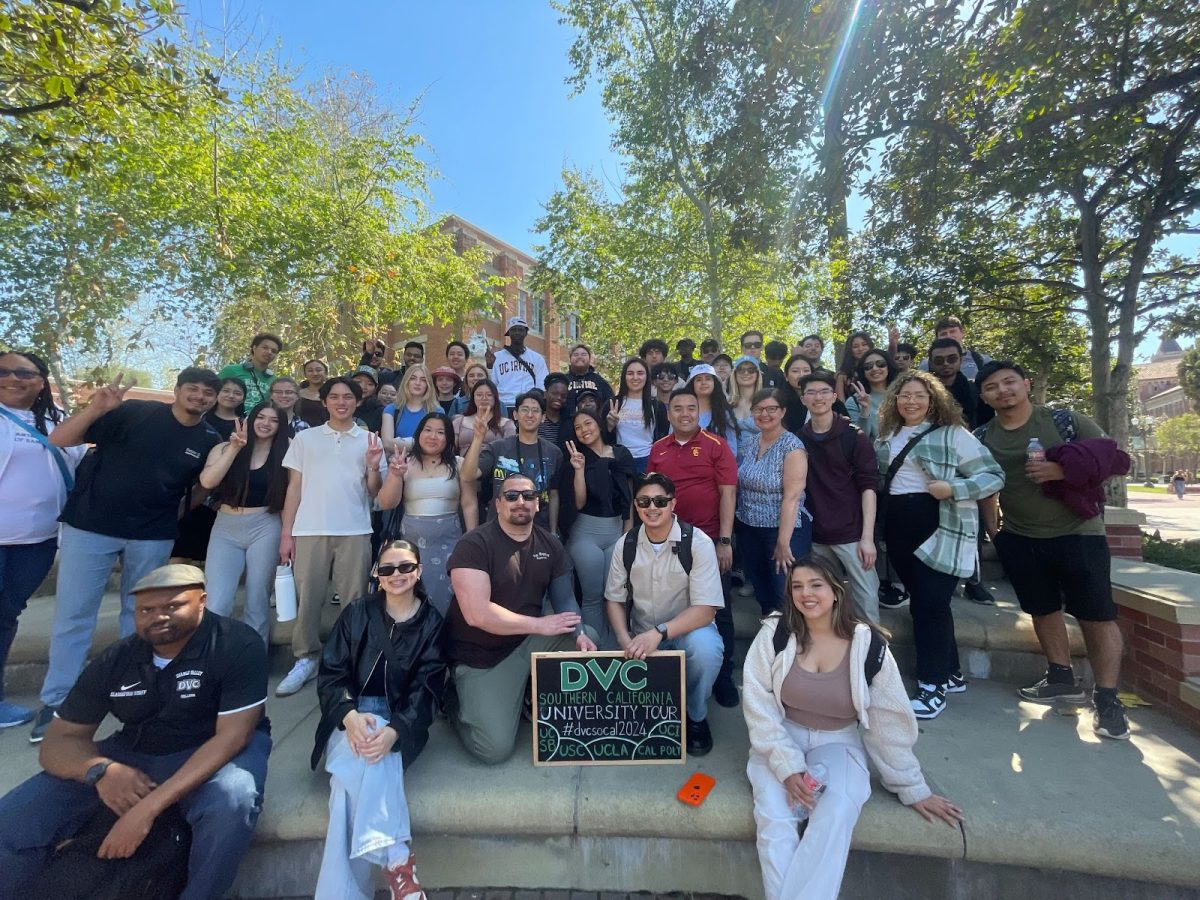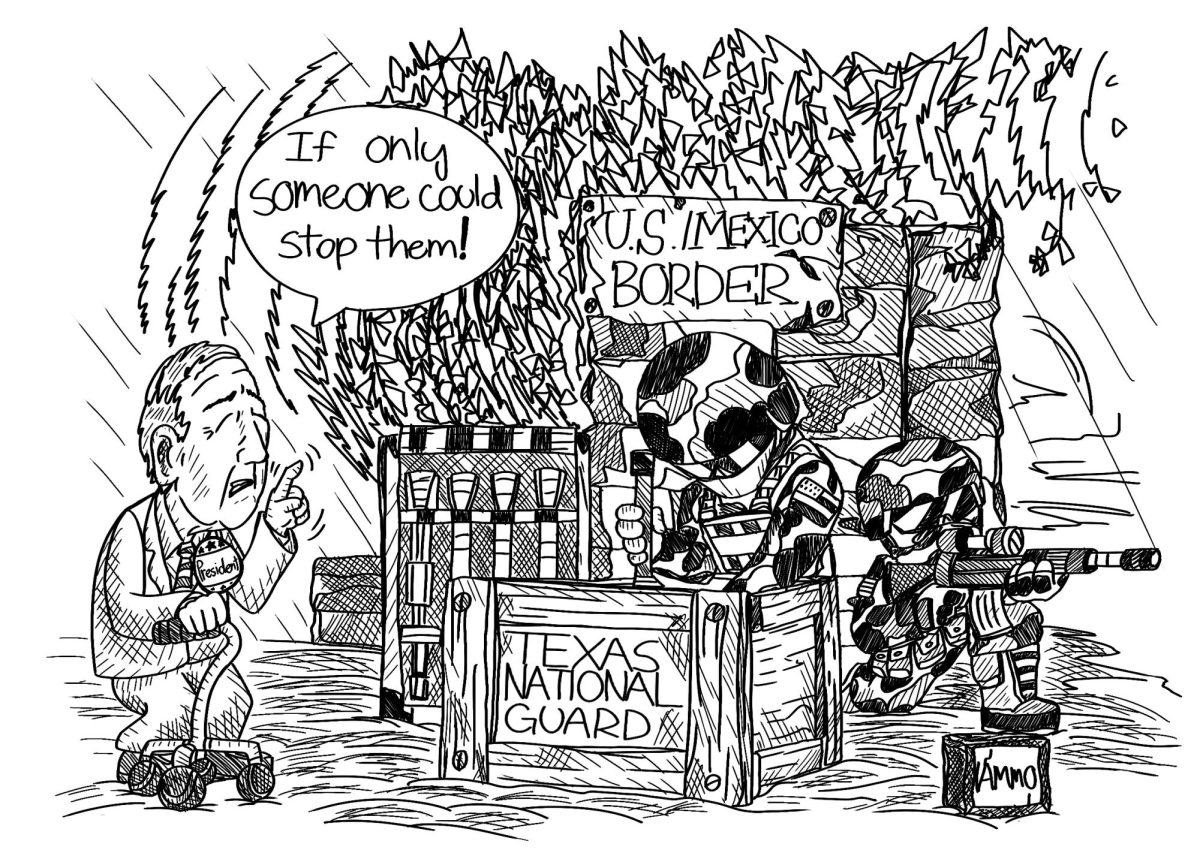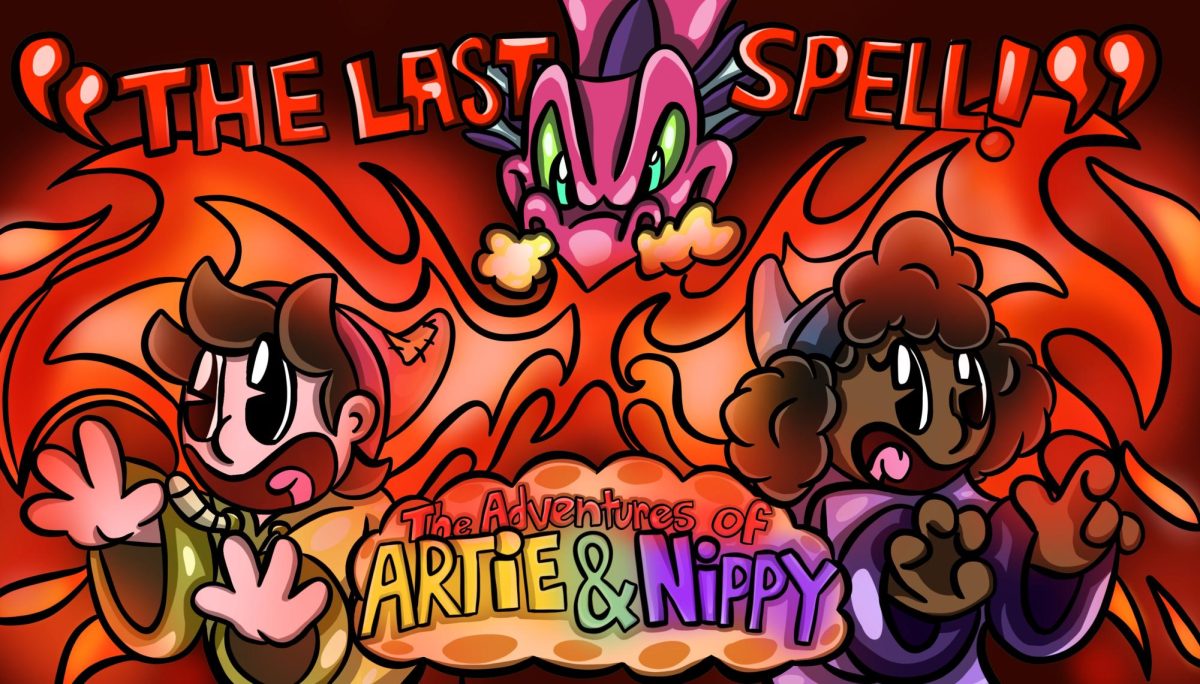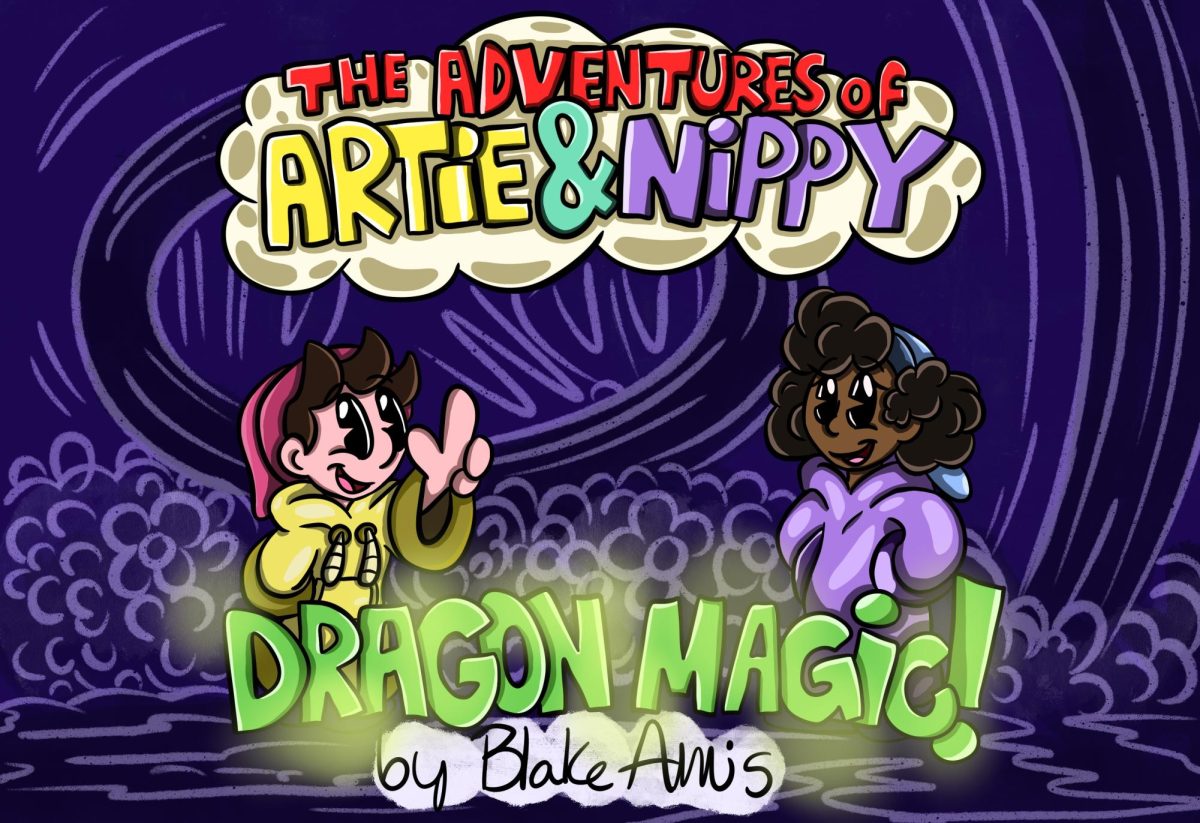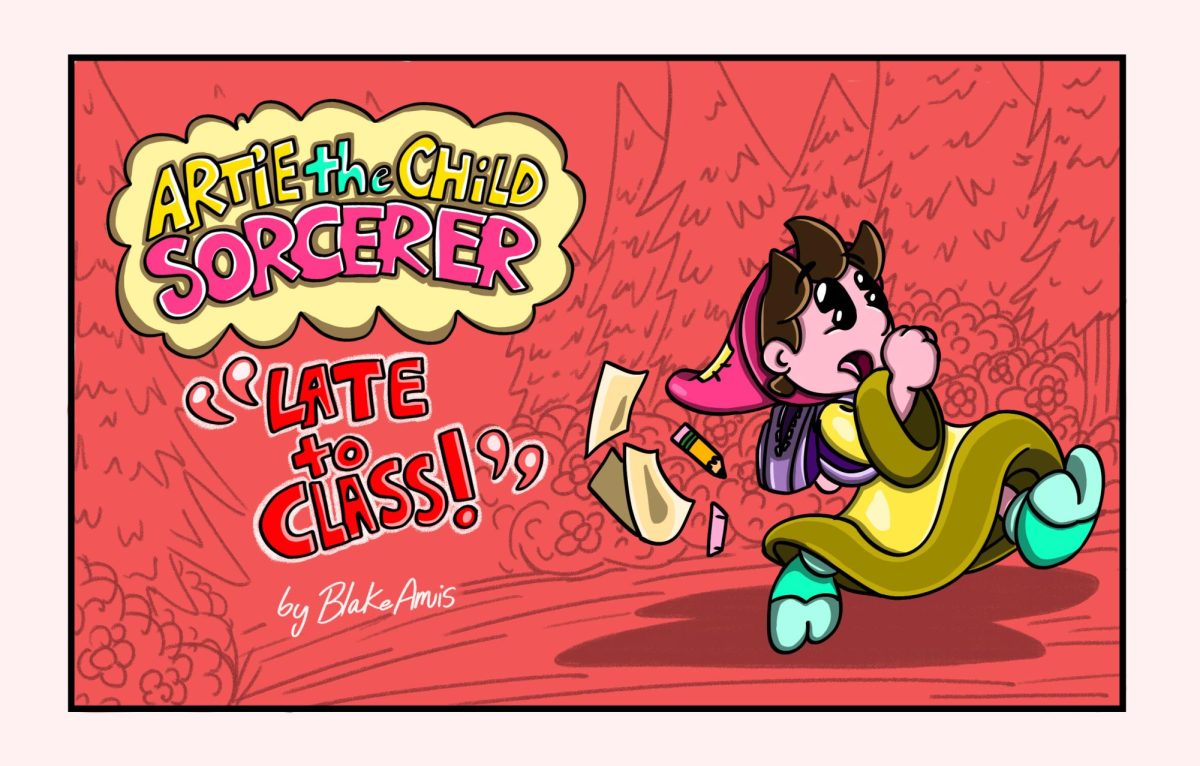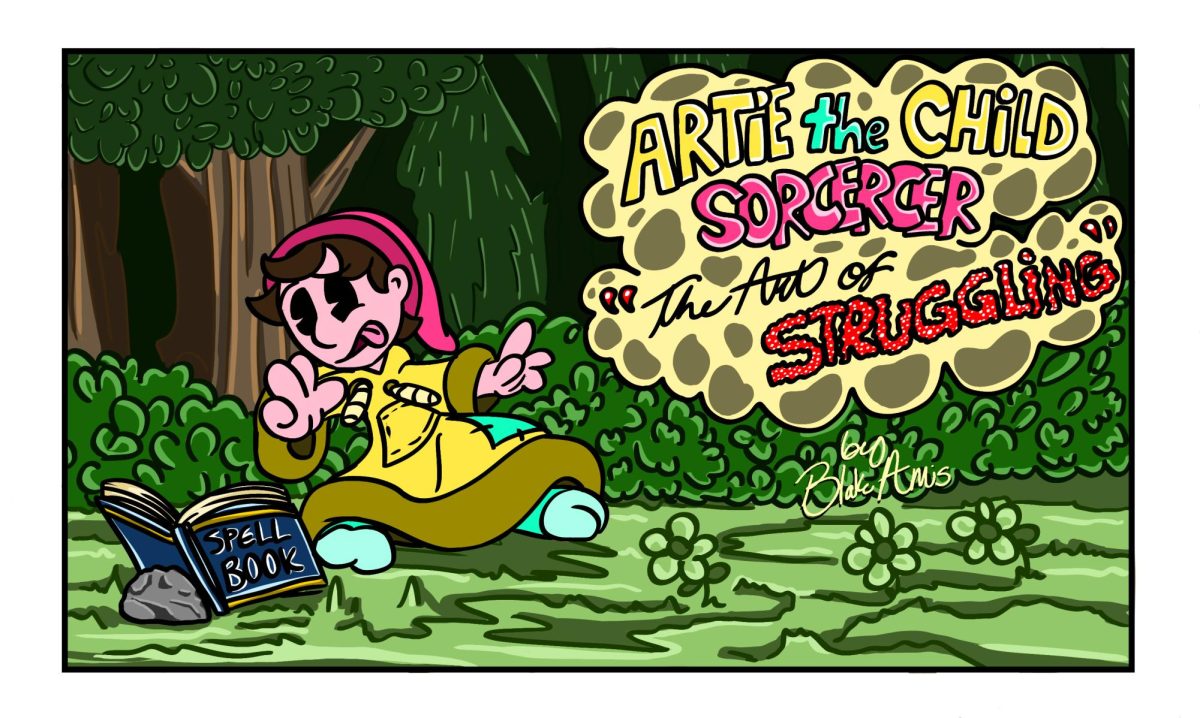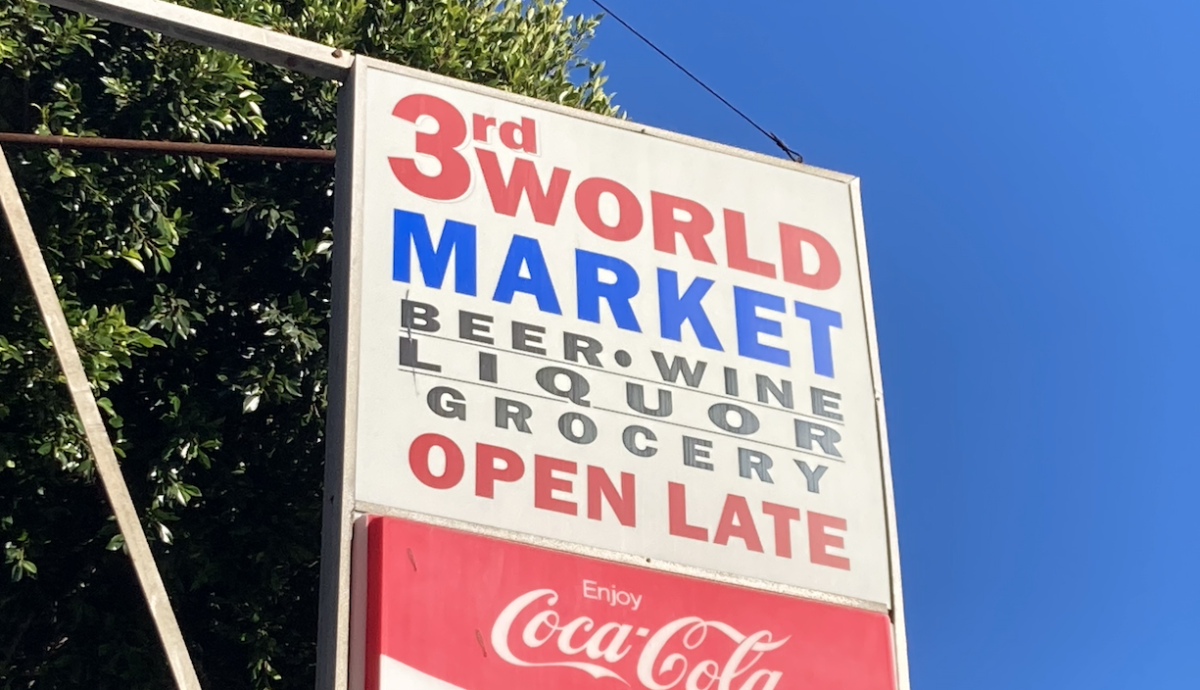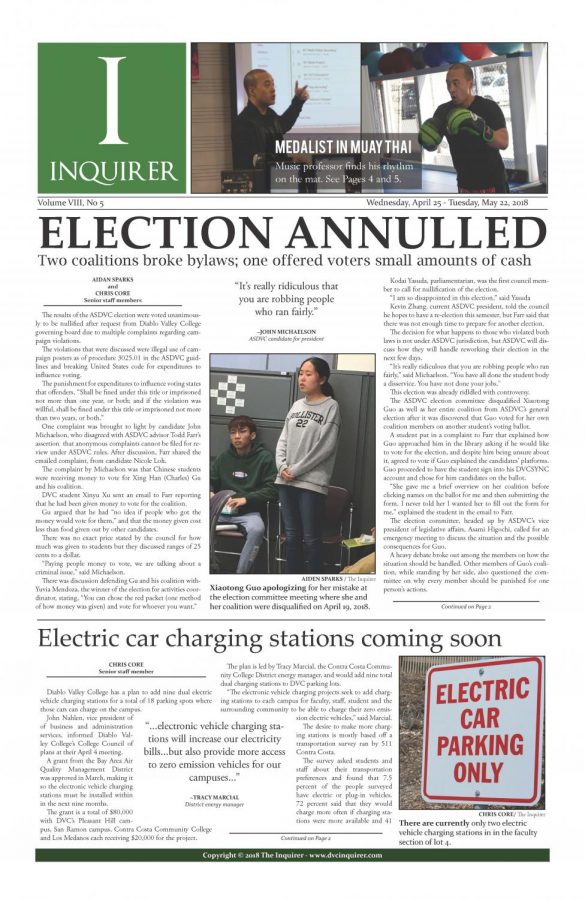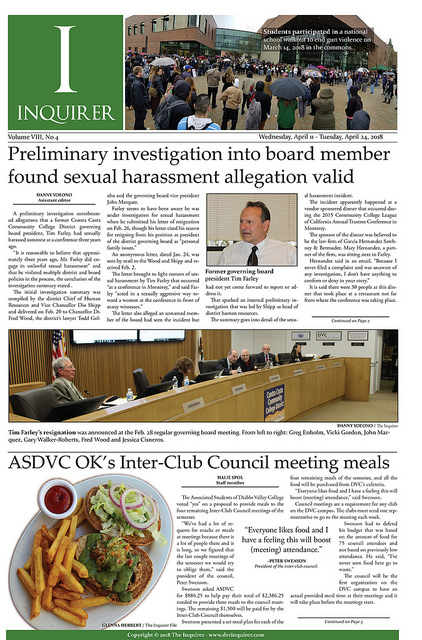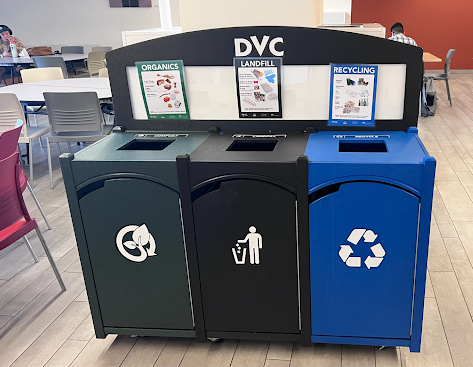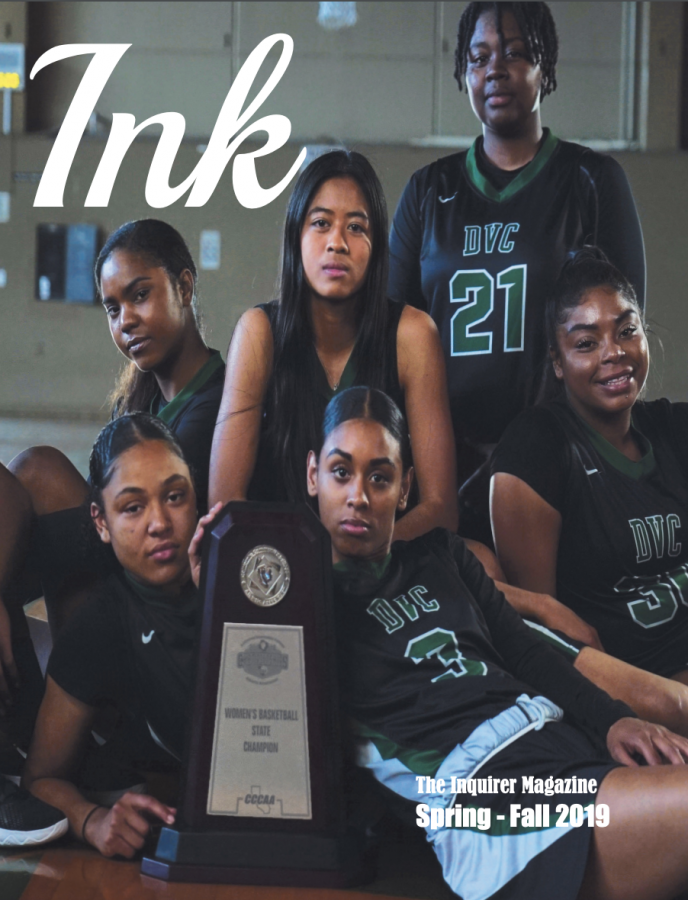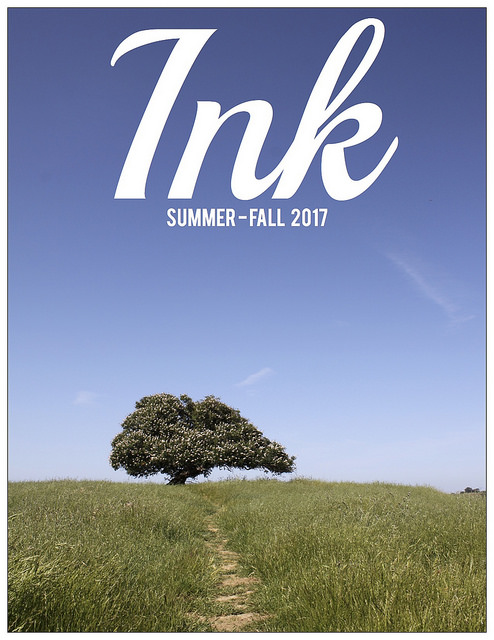When many people imagine the legacy of Native American Indians, they often picture the arrival of Europeans on the continent more than 500 years ago. Yet it can be hard for some to picture Native American history taking place right here in the Bay Area.
According to UC Santa Cruz history professor Caitlin Keliiaa, Bay Area Native American history stretched into the early 1900’s. In honor of women’s history month, Keliiaa visited Diablo Valley College on March 18 to talk about the history of Native American women in the Bay Area, a topic she explores in her new book, Refusing Settler Domesticity: Native Women’s Labor and Resistance in the Bay Area Outing Program, published by University of Washington Press in October 2024.
Keliiaa’s book centers Indigenous women’s resistance and exposes hidden histories, while strengthening the field of Native and Indigenous studies. Understanding these histories helps us see how structures of racism, labor exploitation, and gendered violence continue today, Keliiaa said.
Refusing Settler Domesticity examines the recruitment of over 1,000 Native girls and women who were forced into boarding schools in the early 20th century to serve as live-in domestic workers across the San Francisco Bay Area. This process was known as The Outing Program.
“There is an incomplete picture of the impact of the boarding schools here in the United States,” said Keliiaa, speaking to a crowd of dozens in the DVC Forum.
The Bay Area Outing Program involved placing Native individuals in white people’s homes, farms and businesses to perform menial labor in exchange for room, board and meager pay, Keliiaa said.
Girls as young as 12 were regularly subjected to cooking, cleaning and living under their employers’ roofs. Young girls were also forced to go through violating examinations of their bodies to ensure they were not sexually active, which was forbidden for them.
The impact that the boarding schools and unfamiliar homes had on young girls was severe, Keliiaa said, though it’s an important part of American history that remains widely unknown. The treatment of the girls specifically, and the rules they lived under, shaped their lives during the period of their confinement.
“Imagine your six-year-old niece being forced into a school where she cannot speak her own language, she will be punished for doing that,” said Keliiaa. “She is forced to clean the floors, share a bed with other students, and even things like toiletries, which lead to the spread of disease.”
Keliia shared a range of interesting and insightful research with DVC students, causing many to reflect on the nation’s past and how to move forward into the future.
“It is important to learn this history,” said Randall Baker, a business major who attended the talk, “and how we can learn from it to not repeat the same types of terrible treatment.”
Tyler Lamb, a sociology major, said she had found herself captivated by the information she learned from Keliiaa.
“I was really interested in the economic implications of the Indian boarding schools,” Lamb said, “and how they were used as kind of a substitute for slavery.”
The big takeaway from the talk, Lamb added, was the perspective looking forward.
“I thought the most important part was what we can do now.”


